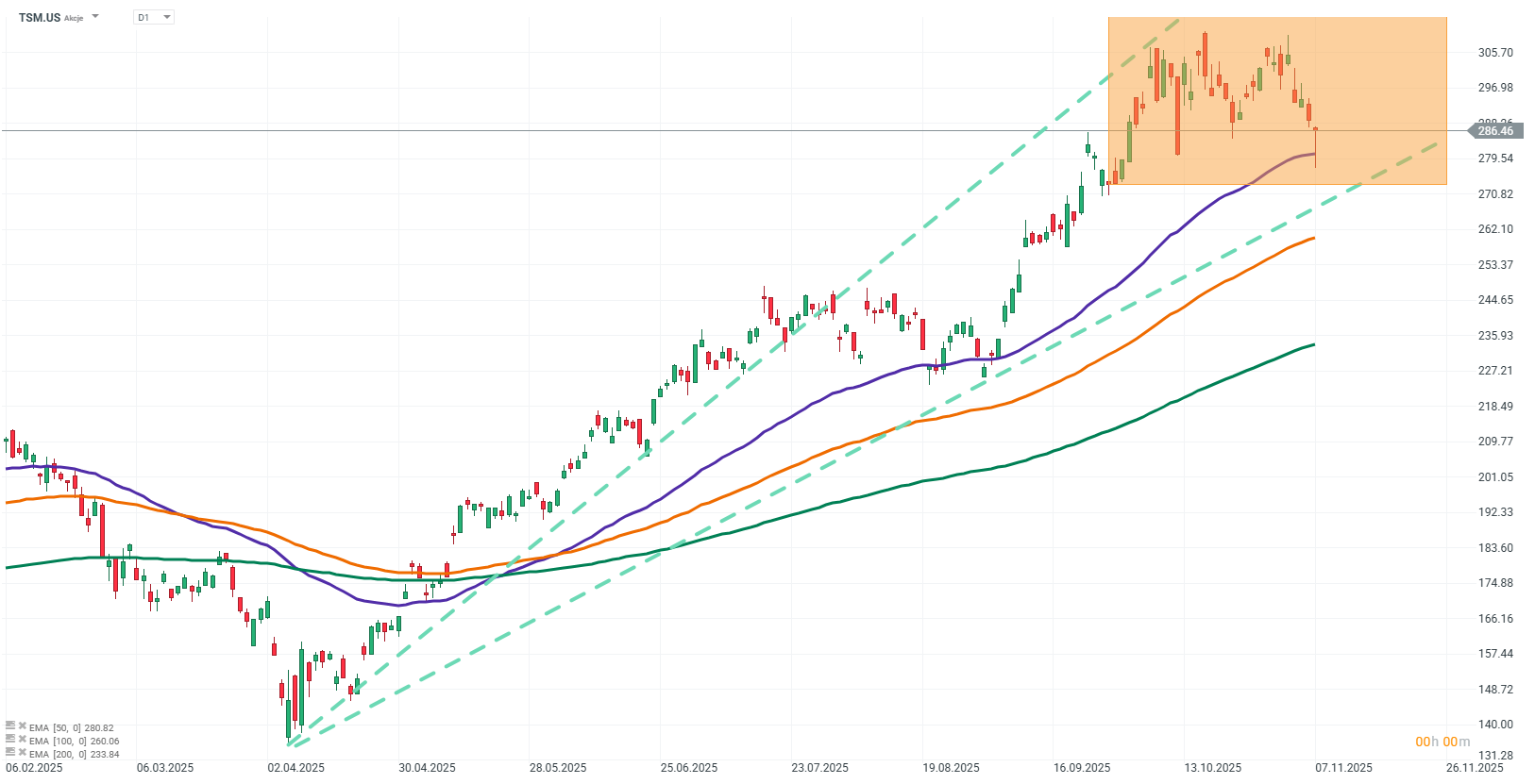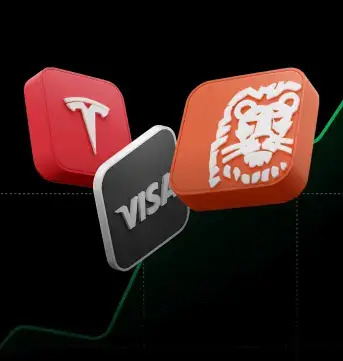Taiwanese chip manufacturer TSMC reported revenue in October 2025 up 16.9 percent compared with the same period last year, reaching a record TWD 367.47 billion, or approximately USD 11.87 billion. Although this represents the slowest growth rate since February 2024, it remains strong thanks to robust demand driven by the development of artificial intelligence and the expansion of data centers. For the first ten months of 2025, TSMC's revenue increased by 33.8 percent year over year, reaching TWD 3.13 trillion.
The growth of artificial intelligence is significantly boosting demand for TSMC’s most advanced manufacturing processes, including chips produced using three-nanometer technology and the planned two-nanometer processes. Chips produced with three-nanometer lithography feature higher transistor density, better performance, and lower energy consumption, which is crucial for running increasingly complex AI models in data centers as well as edge devices. Three-nanometer and two-nanometer processes allow for greater computational power while reducing energy usage, which is especially important for applications requiring intensive computing, such as machine learning, big data analysis, and process automation. The company is already highlighting the high utilization of its production capacity and the growing demand for its most advanced technologies.
Beyond the direct impact of artificial intelligence on demand for advanced processes, AI is also shaping global supply chains and capital investment trends in the semiconductor sector. Companies are increasing spending not only on chip production but also on the expansion of data center infrastructure, computing systems, and supporting components, including advanced cooling systems and specialized materials. This multiplier effect across the sector accelerates innovation and boosts competition among manufacturers, potentially leading to faster introduction of new technology generations and raising the overall growth pace of the industry.
Despite the observed month-to-month slowdown in growth, TSMC remains a key supplier for the largest companies in the AI sector, including major players such as NVIDIA, which recently requested increased chip deliveries. In addition, TSMC plans to raise the prices of its manufacturing services. Reports indicate the company intends to increase prices for advanced chip production processes by an average of eight to ten percent starting in 2026, with some nodes and clients seeing increases of up to ten percent. These price adjustments will cover both two- and three-nanometer processes as well as advanced packaging methods. The decision is driven by rising investment expenditures, higher production costs in new locations, and increased demand for AI chips.
TSMC’s results are having a positive impact on sentiment in the technology sector, although investors are becoming more cautious due to the potential for market corrections and high valuations in the industry. The outlook for continued strong demand for the most advanced semiconductors makes TSMC and its clients strategically important players on the global technology map. October’s results confirm the enduring strength of the semiconductor market driven by artificial intelligence while also signaling a natural slowdown in growth following a period of dynamic expansion. For the markets, this indicates that demand for the most advanced technologies is one of the key drivers of growth and transformation in the sector, making TSMC a strategically significant participant in the global technology landscape.

Source: xStation
US OPEN: Holiday season extinguish volatility despite political risks
BREAKING: US jobless claims below expectations!🚨
DE40: Regulatory and diplomatic escalations amid holidays
Chart of the day: USDJPY (24.12.2025)
The content of this report has been created by XTB S.A., with its registered office in Warsaw, at Prosta 67, 00-838 Warsaw, Poland, (KRS number 0000217580) and supervised by Polish Supervision Authority ( No. DDM-M-4021-57-1/2005). This material is a marketing communication within the meaning of Art. 24 (3) of Directive 2014/65/EU of the European Parliament and of the Council of 15 May 2014 on markets in financial instruments and amending Directive 2002/92/EC and Directive 2011/61/EU (MiFID II). Marketing communication is not an investment recommendation or information recommending or suggesting an investment strategy within the meaning of Regulation (EU) No 596/2014 of the European Parliament and of the Council of 16 April 2014 on market abuse (market abuse regulation) and repealing Directive 2003/6/EC of the European Parliament and of the Council and Commission Directives 2003/124/EC, 2003/125/EC and 2004/72/EC and Commission Delegated Regulation (EU) 2016/958 of 9 March 2016 supplementing Regulation (EU) No 596/2014 of the European Parliament and of the Council with regard to regulatory technical standards for the technical arrangements for objective presentation of investment recommendations or other information recommending or suggesting an investment strategy and for disclosure of particular interests or indications of conflicts of interest or any other advice, including in the area of investment advisory, within the meaning of the Trading in Financial Instruments Act of 29 July 2005 (i.e. Journal of Laws 2019, item 875, as amended). The marketing communication is prepared with the highest diligence, objectivity, presents the facts known to the author on the date of preparation and is devoid of any evaluation elements. The marketing communication is prepared without considering the client’s needs, his individual financial situation and does not present any investment strategy in any way. The marketing communication does not constitute an offer of sale, offering, subscription, invitation to purchase, advertisement or promotion of any financial instruments. XTB S.A. is not liable for any client’s actions or omissions, in particular for the acquisition or disposal of financial instruments, undertaken on the basis of the information contained in this marketing communication. In the event that the marketing communication contains any information about any results regarding the financial instruments indicated therein, these do not constitute any guarantee or forecast regarding the future results.


